Solo Travel in Japan
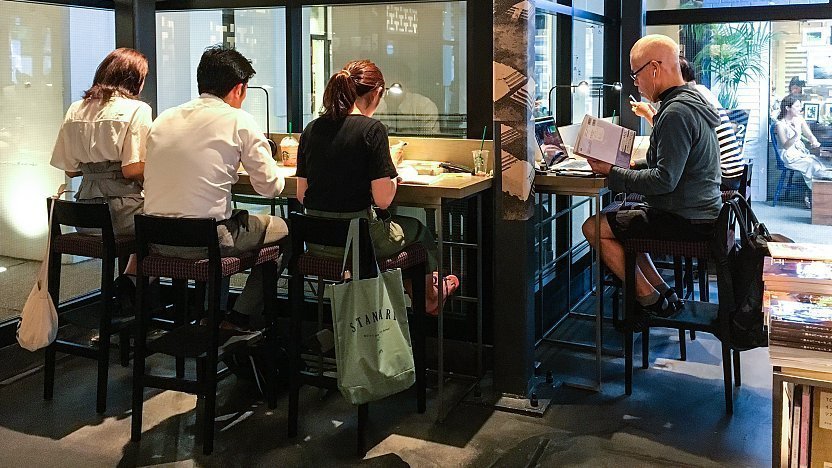
In past decades, most solo traveler in Japan used to be the ubiquitous salarymen (office workers) on business trips. These days, however, many locals, especially the younger generations, are increasingly traveling alone or doing things by themselves, creating a unique market aimed at singles.
If it is your first time traveling alone or visiting Japan, it might be simpler to base yourself in one place and make multiple day trips out or mix in an overnight trip or two. Sticking mainly to the city may make it easier and cheaper, but venturing out into the countryside allows for different experiences.
As much as you may want to see everything in a limited space of time, it is advisable to incorporate some flexibility into your daily itinerary. This is to allow for things to go wrong and to have some extra time to rest or enjoy beautiful things. Below are some basic points to note for those who travel in Japan alone.
Safety issues
Japan has a reputation for being a safe country, a place where locals leave their belongings at the table unattended, where lost belongings get returned with their contents intact, where it is generally safe for women to walk alone at night, even down dark alleys and where children typically commute to school with minimal adult supervision.
But the low crime rate does not mean that you should let your guard down. It is imperative to always be aware of your surroundings, especially when walking along dark streets. A good gauge is: if you would not consider doing something alone in your home country, you should not do it in Japan either. Just because a majority of the people tend to be friendly and helpful towards visitors does not make the minority less dangerous.
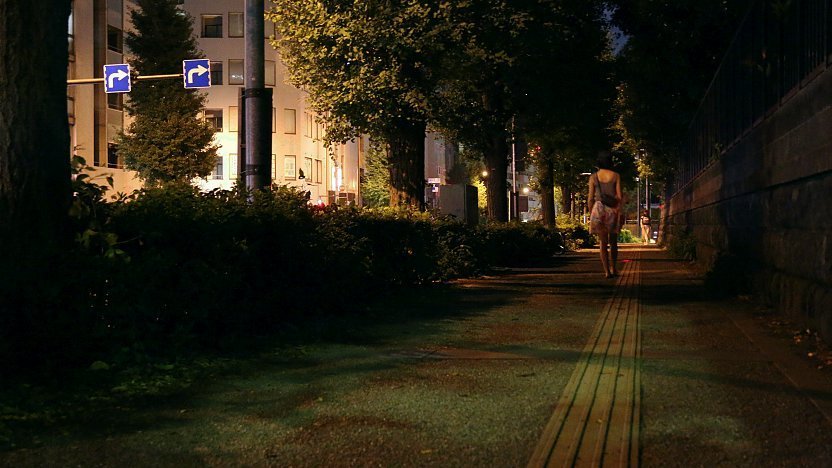
Visitors should be vigilant. Avoid providing potential perpetrators with opportunities, be aware of your surroundings and listen to your gut instinct. Remember that offenders come in all shapes and sizes and can be Japanese or not.
Police boxes, or koban as they are known in Japanese, can be found in all neighborhoods. Police officers stationed there are usually the first to react to a distress call in the neighborhood, and the koban is also a safe place to run to in case of emergencies.
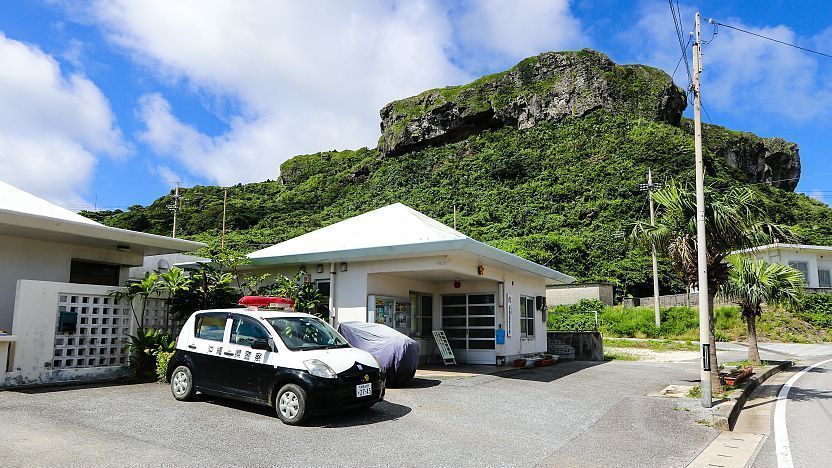
Accommodation
Business hotels and hostels are the best options for single travelers looking for economical and no-frills accommodation, short of staying in a capsule hotel. These lodgings are readily found in most cities across Japan and offer basic sleeping furnishings.
Ryokan let staying guests experience traditional culture and hospitality, as well as local cuisine and hot springs. Ryokan have traditionally not been catering to single travelers, and many still adhere to this tradition. However, things are changing, and the number of ryokan that offer plans for single travelers has increased a lot over recent years.
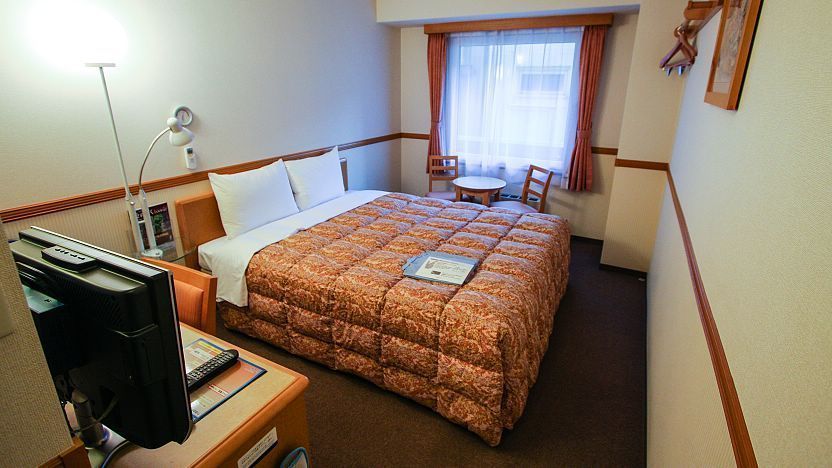
Dining out
Dining alone has never been easier in Japan, and many places are well equipped to serve the solo diner. Restaurants have come to acknowledge the increasing trend and will typically accept reservations for a single diner. Casual dining establishments, like some ramen-ya even offer individual cubicles, and coffee shops and fast food restaurants are often filled with single customers. Some restaurants and izakaya may seat single diners at a counter in order to keep tables available for groups.
Nervous solo diners note that staff and fellow customers are used to single travelers, especially in the big cities where solo diners abound, and will not cast curious or pity looks. Staff tend to be patient with non-Japanese speaking customers who attempt to navigate the menu and order in a foreign language. That said, it also pays to do a bit of menu research before entering a restaurant, in particular those that utilize ticket vending machines for orders, to avoid the added stress of holding up those behind while you decide what to get.
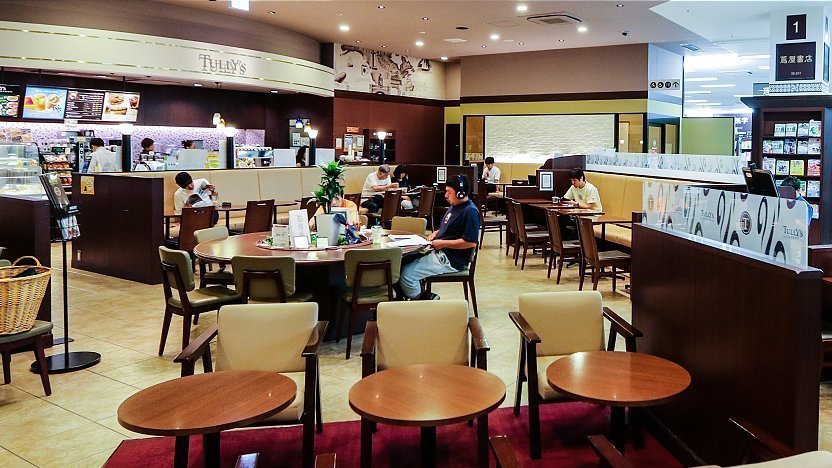
Meeting people
Joining a day tour or staying at a hostel are some easy ways to meet like-minded travelers. Signing up for a tour with a local volunteer guide or participating in a home visit could add a different element to your solo travel and allow you to meet local Japanese.
Saving your seat
Leaving your seat and your personal belongings unattended is a big no-no in many countries, but in Japan it is not uncommon to see customers leave expensive phones and bags at their restaurant table or shinkansen seat unattended. Nevertheless, it is not advisable to leave personal items unattended if you have to leave temporarily. Take at least your most important items like wallet and passport with you and use an item that you wouldn't mind losing to save your space instead.
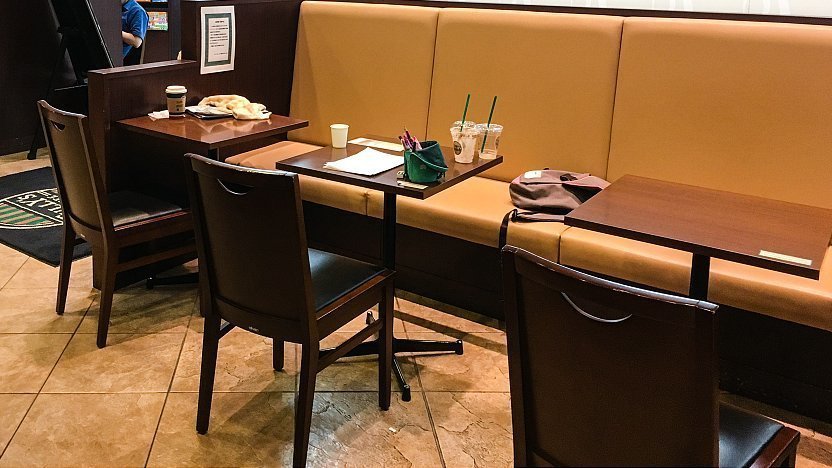
Outdoor activities
Outdoor activities like hiking can easily be completed by solo travelers. Even if you are a seasoned mountaineer, it is always prudent to inform someone of your hiking itinerary and to register your hike before starting on the trail. Having a working phone on your person is recommended in case of emergencies while having a bear bell can be a useful addition in some parts of Japan. Of course, if you have never hiked or are not a regular hiker, it is best to stick to short, easy routes or join a tour.
Water sports can be split into those you can do on your own and those that require joining a tour. Swimming at beaches is a typical water activity that can be done on your own, but make sure to pay attention to the tides and water currents so as to not endanger your life or others. Guided tours may require a minimum number of participants. Otherwise, be prepared to pay additional for a private tour.
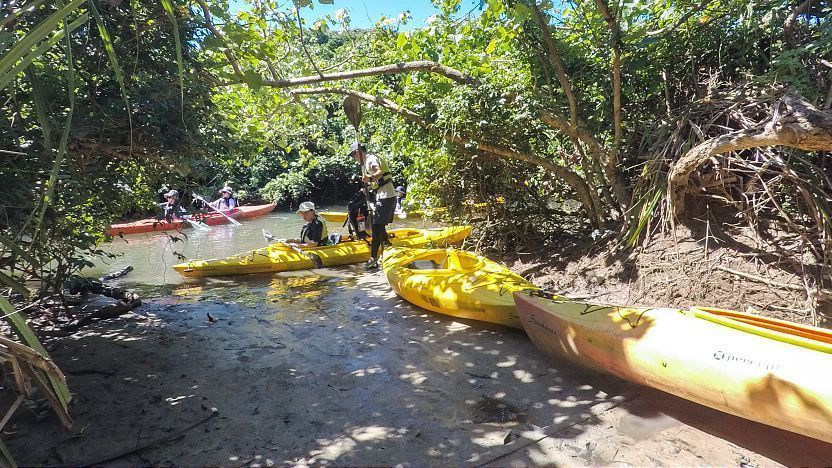
Tips for solo female travelers
Japan is admittedly one of the safest places to attempt as a first-time female solo traveler, and the probability of being harassed by locals is quite low. A steadily shrinking number of locals - mainly in the remote countryside - may stare at those who look and talk differently out of curiosity. Below are some tips for the solo female traveler.
Traveling alone
Targeted at the solo female traveler, our Solo Female Travel series introduces travel itineraries that have been put to the test by the author to answer the questions "Can a girl do this alone?", "Is it safe to visit alone?" and "Would the pace be too demanding?" amongst many others. Introduced destinations tend to be slightly off the beaten track, but still manageable by the average female.
Fashion
Despite the popular images of Japanese youth using fashion as a creative expression, the general fashion for the average Japanese tends to lean towards the conservative side. A typical female outfit is usually quite modest with shoulders covered and a relatively high neckline even during the warmer seasons. The coverage protects the skin from getting tanned and avoids bringing attention to the body shapes. Hemlines tend to be shorter for the younger generation but typically fall around the knees for most, and socks or stockings are commonplace.
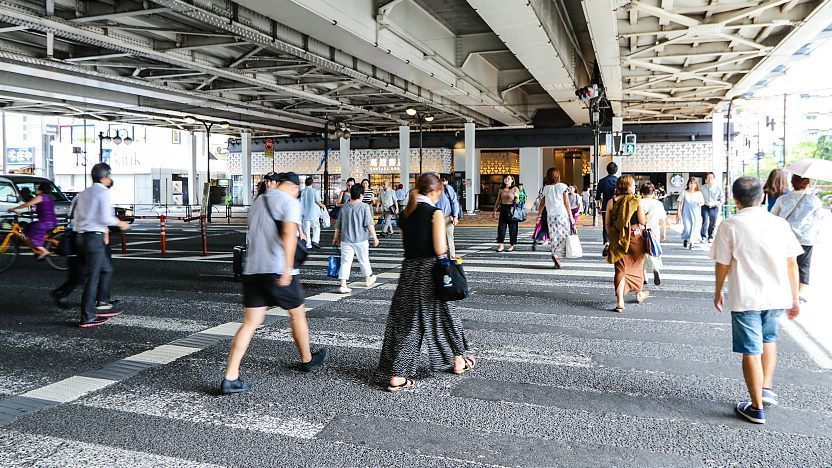
Sleeping on public transport
Traveling can get tiring, and it is common to see people sleeping on buses, trains and even on the train platforms. Theft on sleeping passengers remains relatively low, but as a solo female traveler there are a few additional things to look out for. If you are asleep, you will not know what is happening around you, and more often than not, fellow passengers will remain silent even if there are creepy people around you. Make sure that you do not expose yourself accidentally or invite intrusive gazes with your choice of clothes in addition to making sure that your belongings are secure. You cannot go wrong by erring on the conservative side when it comes to packing your travel wardrobe.
Sexual Offenses
Despite the seemingly low rate of provocation against women, there are certain areas where that ratio is skewed. Groping - inappropriate touching - and taking pictures from under a skirt or shorts (upskirting) are not uncommon occurrences especially on crowded trains.
Chikan is the Japanese term for groping and can refer to both the act of groping and the culprit. Sexual offenses on public transit have become prevalent enough that train companies especially in the bigger cities have introduced female-only train carriages to combat the issue (often during rush hours only). As a general rule of thumb, if you are worried about unwanted advances, it is best to avoid peak hours as a tourist and stick to the female-only carriage.
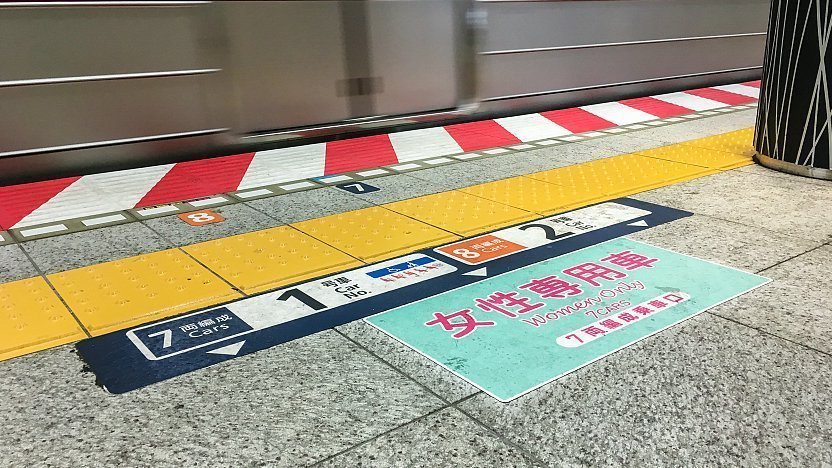
Should you find yourself victim to sexual assault or upskirting, do not hesitate to report the crime to the police. Enlisting the help of fellow passengers is also generally a good idea as they can assist in apprehending the suspect by taking photographic or video evidence. The best course of action according to the Tokyo Metropolitan Police Department is:
- Say "Stop!" or "Chikan!" to the culprit as keeping silent may escalate the situation and encourage the culprit to carry on
- If you are unable to identify the culprit, leave your spot and move somewhere else
- Grab the offender if possible or take note of any distinguishing marks or accessories on their person for future identification purposes
- Report the crime immediately to the train station staff or police
Questions? Ask in our forum.


